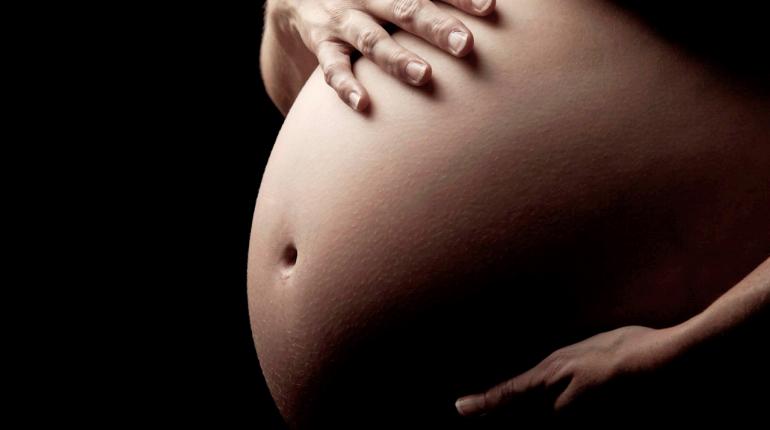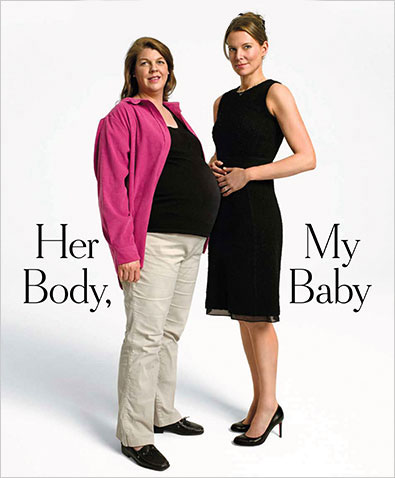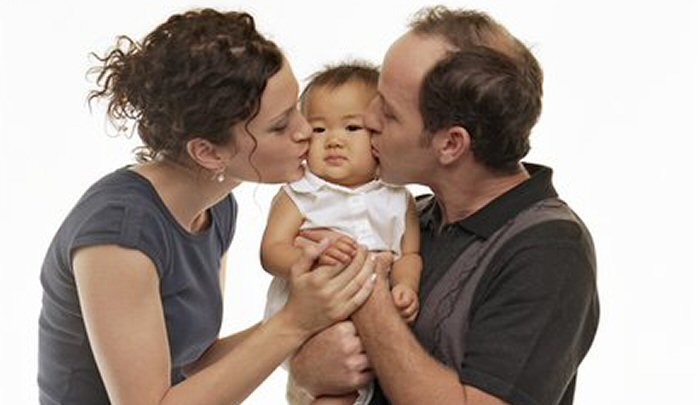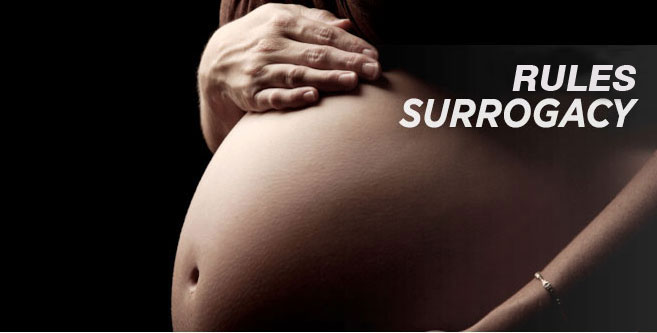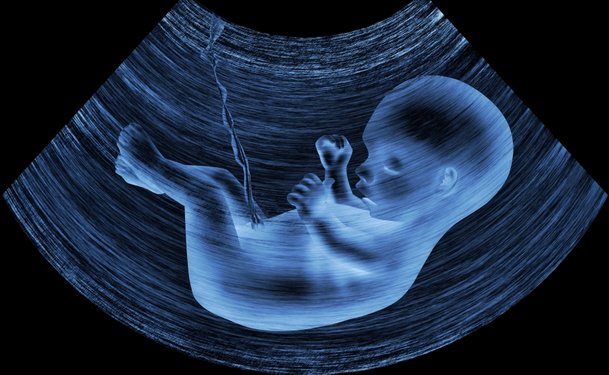+91-9899308083, +91-1140018184, [email protected], [email protected]
- Home
- About Us
- Office Bearers
2024-2026 - Chapter Secretaries (2024-2026)
- IFS PAST PRESIDENT & GENERAL SECRETARIES
- IFS Committees
- Chair
- Co Chair
- Education Committee
- Research Committee
- Ethics Committee
- Dr. Shalini Chawla
Chairperson - Dr Sudha Prasad
Member Secretary - Dr Sweta Gupta
Member - Dr Leena Wadhwa
Member - Dr KD Nayar
Member - Dr Sarabpreet Singh (Basic Medical Scientist)
Member - Dr Swatantra Nagendra Rao (Clinician)
Member - Dr Arti Anand (Social Scientist)
Member - Dr Shalini Chawla Khanna (Alternate Member)
Member - Ms Kavita Tewari (Social Scientist)
Member - Mr Ashish Sharma (Legal Expert)
Member - Ms Dinesh Chandra (Lay Person)
Member
- Dr. Shalini Chawla
- Patient Resource Committee
- Advocacy Committee
- International Exchange Program Committee
- Publicity & Advertisement Committee
- Standing Committees
- Amity Area Advisory Board
- FSR Editorial Committee
 Dr Kuldeep Jain
Dr Kuldeep Jain
Editor –in Chief Dr Bharati Dhorepatil
Dr Bharati Dhorepatil
Executive Editor Dr Pankaj Talwar
Dr Pankaj Talwar
Associate Editors Dr Gita Radhakrishnan
Dr Gita Radhakrishnan
Associate Editors- Dr Abha Maheshwari
Associate Editors  Dr Surveen Ghumman
Dr Surveen Ghumman
Assistant Editors Dr Neena Malhotra
Dr Neena Malhotra
Assistant Editors Dr Umesh Jindal
Dr Umesh Jindal
Assistant Editors Dr Shweta Gupta
Dr Shweta Gupta
Assistant Editors Dr Rupali Bassi Goyal
Dr Rupali Bassi Goyal
Assistant Editors
- Office Bearers
- Contact us
- About Us
- Publications
- Fertility Science and Research Journal

- IFS Library
- IFS News Letter
- IFS SIG Newsletter 2023
- IFS SIG Newsletter 2022
- IFS SIG Newsletter 2021
- IFS SIG November 2021 Newsletter – POR
- IFS SIG SEPT 2021 Newsletter – Andrology
- IFS SIG SEPT 2021 Newsletter – Environment & Infertility
- IFS SIG JULY 2021 Newsletter – Holistic Medicine
- IFS SIG April 2021 Fertility Newsletter – Endoscopy
- IFS SIG April 2021 Newsletter – Fertility Preservation
- IFS SIG FEB 2021 Newsletter- COUNSELLING & PATIENT
- IFS SIG JAN 2021 Newsletter – Embryology
- IFS SIG Newsletter 2020
- Fertility News
- Fertility News November 2019 (Volume-12)
- Fertility News August 2019 (Volume-11)
- Fertility News (Volume-10) July, 2019
- Fertility News May 2019 (Volume-9)
- Fertility News (Volume-8) March 2019
- Fertility News February 2019 (Volume-7)
- Fertility News January 2019 (Volume-6)
- Fertility News December 2018 (Volume-5)
- Fertility News November 2018 (Volume-4)
- Fertility News October 2018 (Volume-3)
- Fertility News September 2018 (Volume-2)
- Fertility News July 2018 (Volume-1)
- IFS Conversations
- IFS Conversations Vol 18
- IFS Conversations Volume 16
- IFS Conversations Vol 15
- IFS Final Conversations Vol 13 & 14
- IFS Final Conversations Volume 12
- IFS Final Conversations Volume 11
- IFS CONVERSATIONS Volume 10
- IFS CONVERSATIONS Volume 9
- IFS CONVERSATIONS Volume 8
- IFS CONVERSATIONS Volume 6
- IFS CONVERSATIONS Vol 5 Feb 2018
- IFS CONVERSATIONS Vol 4 Nov 2017
- IFS Conversations Volume 2
- IFS CONVERSATIONS Vol 1 Sept 2016
- IFS CONVERSATIONS Special Edition 2014-16
- ARText
- Archive
- Fertility Science and Research Journal
- SIG
- IFS Chapter
- IFS Calender
- Conferences & Events
- Education & Training
- Diploma Courses
& Training- Diploma in Clinical ART
- MSc in Clinical Embryology
- Diploma in Clinical and Applied Genetics
- Diploma Counselling in Reproductive Medicine
- Embryology Preparatory Certification Course for ESHRE Exam
- 12th IFS Embryology Certification Course for ESHRE Exams
- 11th Embryology Preparatory Certification Course for ESHRE Exam
- 10th Embryology Preparatory Certification Course for ESHRE Exam
- 9th Embryology Preparatory Certification Course for ESHRE Exam
- 8th Embryology Preparatory Certification Course for ESHRE Exam & IFS Certification
- 7th Embryology Preparatory Certification Course for ESHRE Exam
- 6th Embryology Preparatory Certification Course for ESHRE Exam Result
- 5th Embryology Preparatory Certification Course for ESHRE Exam from 4th to 7th Dec 2017
- 4th Embryology Preparatory Certification Course for ESHRE Exam
- IFS Digital Learning
- Diploma Courses
- Ethic Committee
- Patients Portal
- Installation Ceremony





